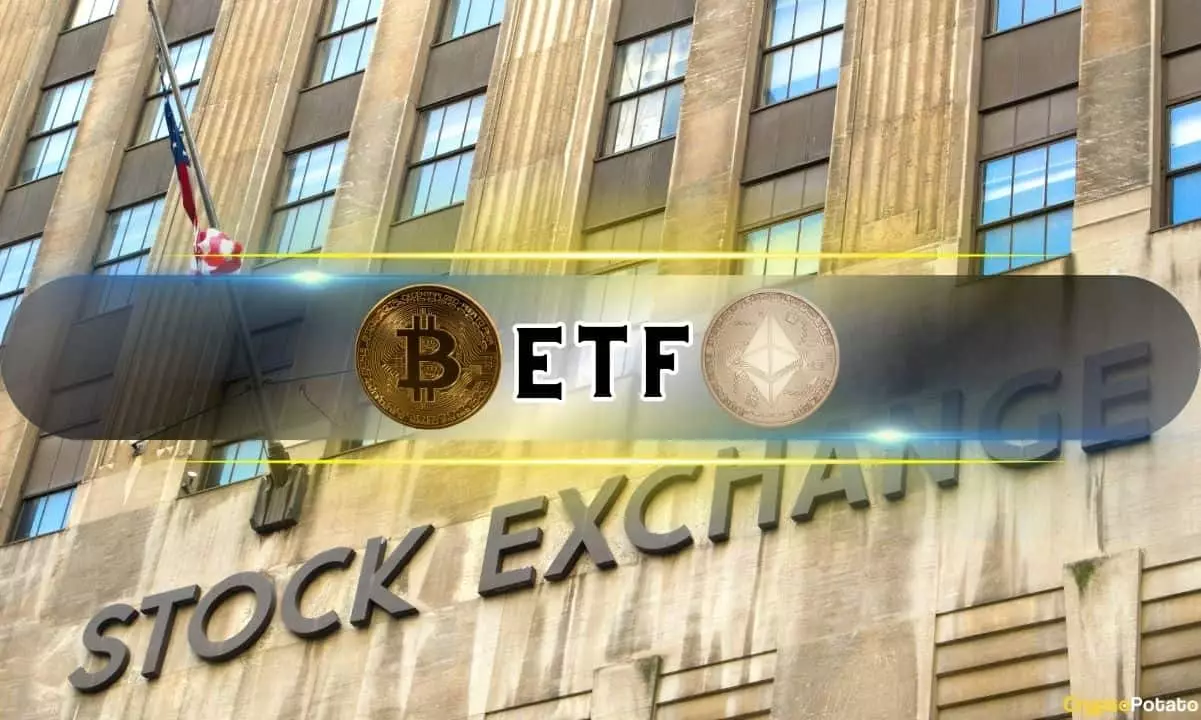In recent trading weeks, Bitcoin ETFs have been thriving, with over $500 million allocated to the largest US-based products. However, the opposite can be said for Ethereum ETFs, which are experiencing minor trading volumes and consistent withdrawals. The rough start of the month for spot Bitcoin ETFs, with losses exceeding $550 million in just three days, coincided with a major crash for BTC. Despite this setback, both inflows and the cryptocurrency’s price began to recover in the following weeks. Outflows from the US-based spot ETFs have been minimal, with withdrawals occurring only on August 9 and 14. The previous week marked a significant uptick in financial vehicle activity, attracting a total of $506.4 million over five trading days, with BlackRock’s IBIT leading the pack on most days.
BlackRock’s IBIT has consistently gained substantial inflows, reaching over $20.7 billion in holdings. In contrast, Grayscale’s GBTC continues to see outflows, with significant withdrawals recorded across several trading days. The discrepancy in performance between these two prominent ETFs highlights the varying investor sentiment towards Bitcoin. While BlackRock maintains its position as a leader in the market, Grayscale faces persistent challenges in retaining investor confidence.
The launch of spot Ethereum ETFs in the US has not been as successful as their Bitcoin counterparts. Despite being available for trading for three weeks, Ethereum ETFs have struggled to attract investor interest, resulting in consistent withdrawals. Grayscale’s ETHE, in particular, has experienced withdrawals in the majority of trading days since its launch. This trend is indicative of the lack of demand and enthusiasm surrounding Ethereum-based products in the current market environment.
The past week further highlighted the underwhelming performance of Ethereum ETFs, with daily withdrawals exceeding inflows. BlackRock’s ETHA, the first newly launched fund to surpass $1 billion in holdings, saw limited inflows on Monday, while Fidelity’s FETH experienced a notable surge in net flows on Thursday. Despite these isolated instances of positive activity, the overall trend indicates a lack of sustained investor interest in Ethereum ETFs compared to their Bitcoin counterparts.
The stark contrast in performance between Bitcoin and Ethereum ETFs underscores the challenges faced by the latter in attracting investor capital. While Bitcoin ETFs continue to thrive and attract significant inflows, Ethereum ETFs struggle to gain traction, as evidenced by consistent withdrawals and limited investor interest. The disparity in demand between these two cryptocurrency products highlights the unique dynamics at play within the ETF market, with Bitcoin maintaining its dominance while Ethereum faces an uphill battle in garnering investor confidence and support.

